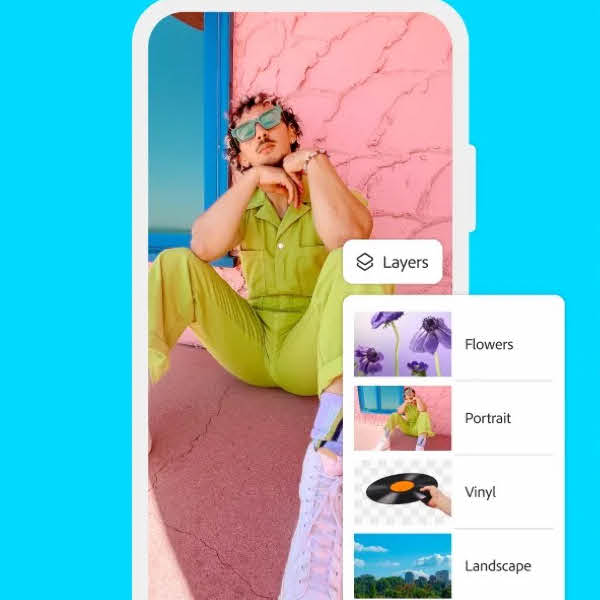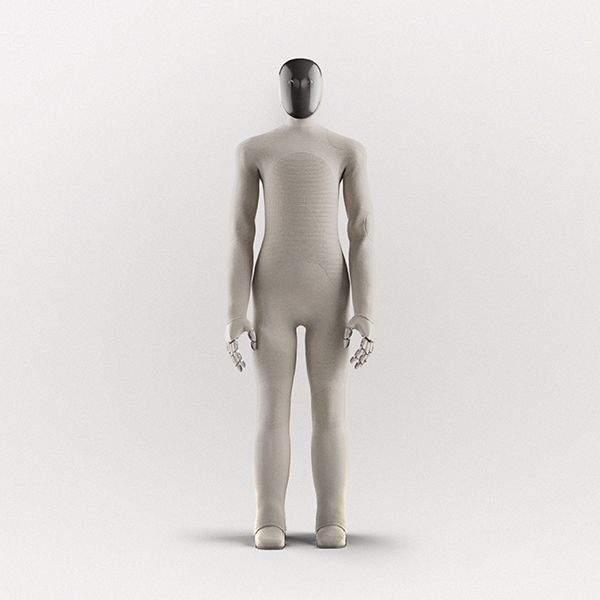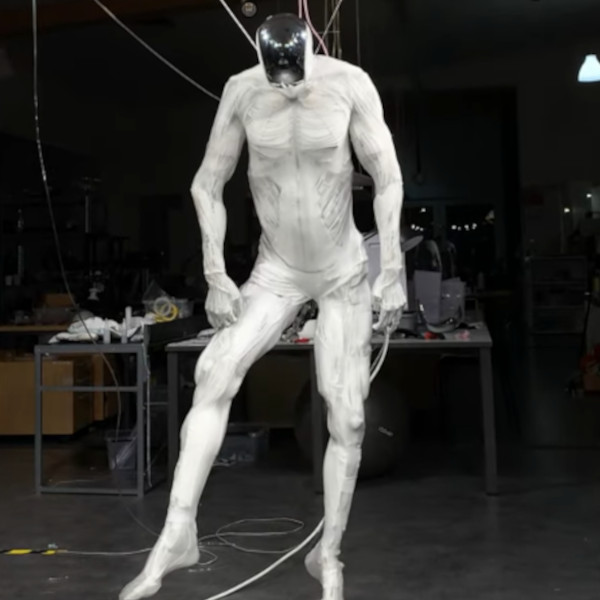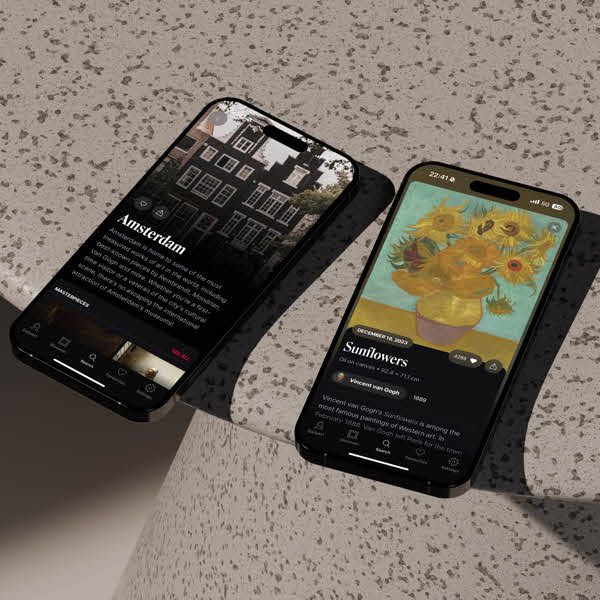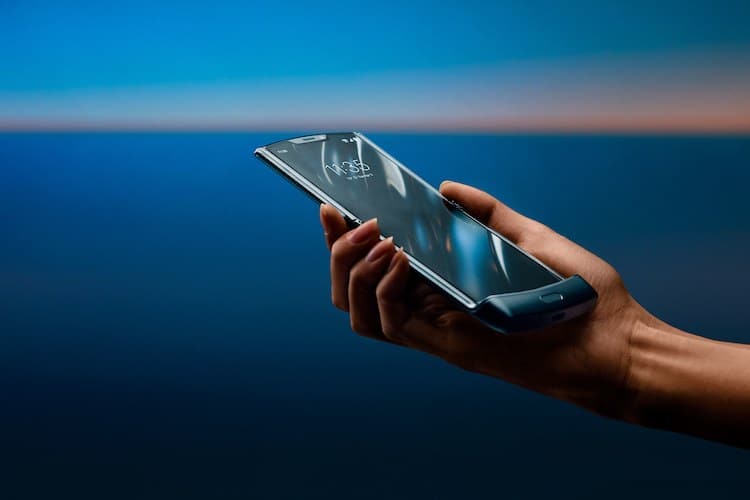
Anyone who had a cell phone in the early 2000s will remember the Motorola Razr fondly. With its ultra-thin profile and the satisfying snap it made when closing, it was the height of fashionable technology. Of course, a lot has changed since the original Razr debuted in 2004 and Motorola has long been overshadowed when it comes to smartphones. But the company is back and staking its claim with a new Razr that promises to be a top-notch folding smartphone.
Morphing into an Android, the new Motorola Razr is already generating a lot of buzz. Rumors had been swirling about the device for quite some time, with Motorola making good when it announced the product at a recent press event in Los Angeles. Its flexible screen means that it closes down to a pocket-sized device and then unfolds seamlessly into a smartphone with a 6-inch touchscreen.
The company was bought by computer manufacturer Lenovo in 2014 and this merge was hugely helpful in developing the technology for the Motorola Razr. Since 2015 the companies have been researching foldable screens, which has led them to confidently announce the phone. The plastic OLED interior display has edges set into the stainless steel frame, so users won't have to worry about debris making its way inside. And, of course, the folding mechanism means that the screen has built-in protection.
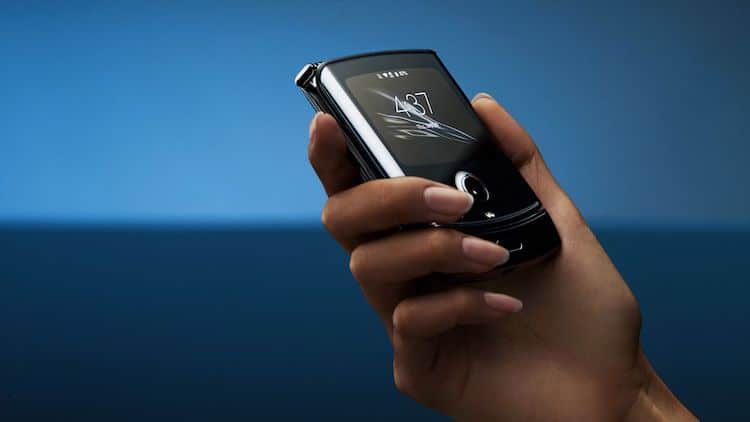
On the exterior, the Motorola Razr has a small, 2.7-inch glass OLED screen called the Quick View display. Users can see notifications, control music, and use a selfie camera. For those concerned about the phone's hinge and how it will appear when open, Motorola has taken great care to ensure that there are no gaps.
“It really does seem to live up to Motorola’s promises: the device unfolds to a fully flat panel, with no visible or tactile creases, and then it folds up completely flush,” writes Chaim Gartenberg, who previewed the phone for The Verge. “Holding the folded Razr up to the sun, you can see a crack of daylight shining through, but otherwise, the gap is barely discernible. It’s very impressive and the current high water mark in the still-fledgling foldable market.”
For all of the impressive aesthetics, there are some downsides to be aware of before running out to the store. In order to maintain the slim design, Motorola had to make a few technological compromises. This is most apparent in the processor and camera. The Motorola Razr's processor—Snapdragon 710—is just mid-range when compared to the Google Pixel 4 and others that run Snapdragon 855. Similarly, its 16-megapixel rear camera and 5-megapixel front camera pales in comparison to the foldable Huawei Mate X's 20-megapixel rear camera and 16-megapixel front camera.
Still, early reviews seem optimistic, particularly when it comes to the design. So if you are looking for a sleek phone that will fit in your pocket and you're will to pay up even for the mid-range specs, the Motorola Razr might do the trick. At $1,500 it's quite an investment, but given that the Huawei Mate X—which goes for $2,400—already sold out in China after an initial release, there are apparently plenty of people willing to make the leap. Pre-orders for the Motorola Razr are set to begin on December 26, 2019 with shipping in January 2020. In the United States, it will be on sale exclusively through Verizon—at least initially.
The new Motorola Razr is a foldable smartphone that can fit in your pocket.
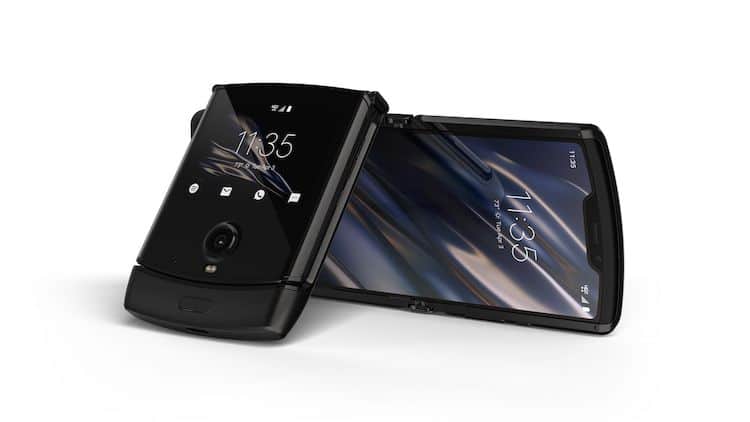
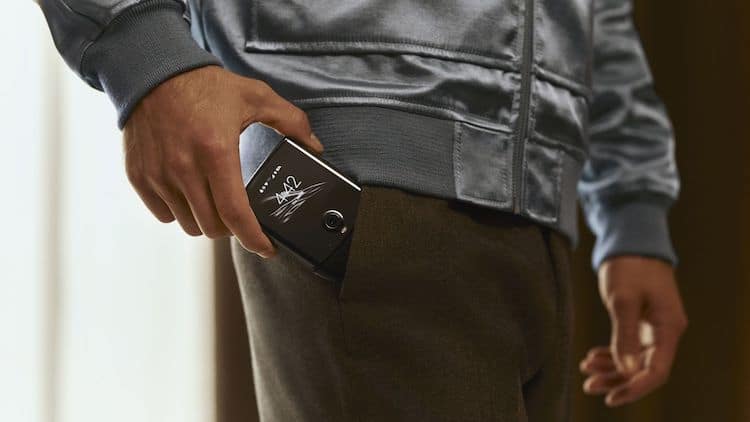
Take a closer look at the revamped Motorola Razr's design.
All images via Motorola.
Related Articles:
iPhone 11 Pro and iPhone 11 Pro Max Are Apple’s Most Powerful Smartphones Yet
Philippe Starck Designs Sleek New Smartphone With Edgeless Screen
A Deeper Look Into Samsung’s Galaxy Gear Smartwatch
Google’s New Night Sight Lets You Take Photos in Virtual Darkness











































































